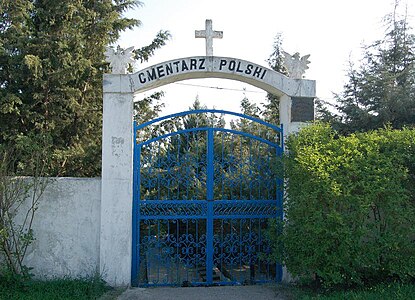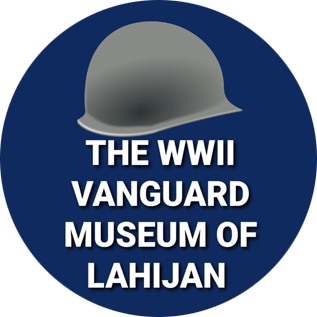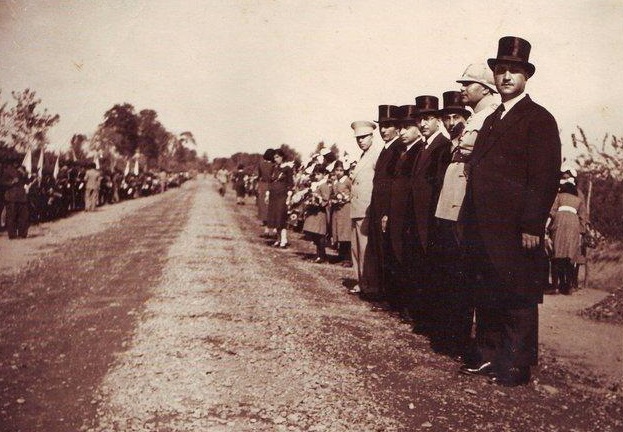
The main road leading to Lahijan, and the citizens of Lahijan 1938
Where is Gilan and Lahijan?
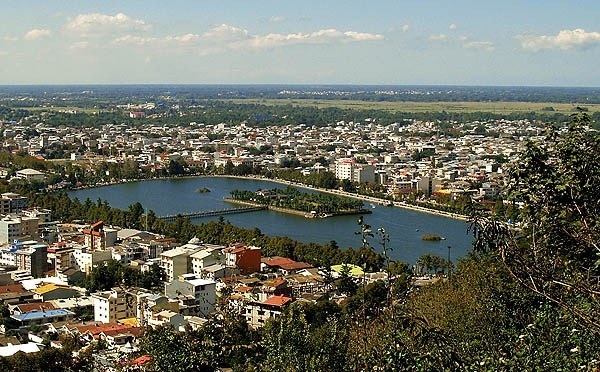
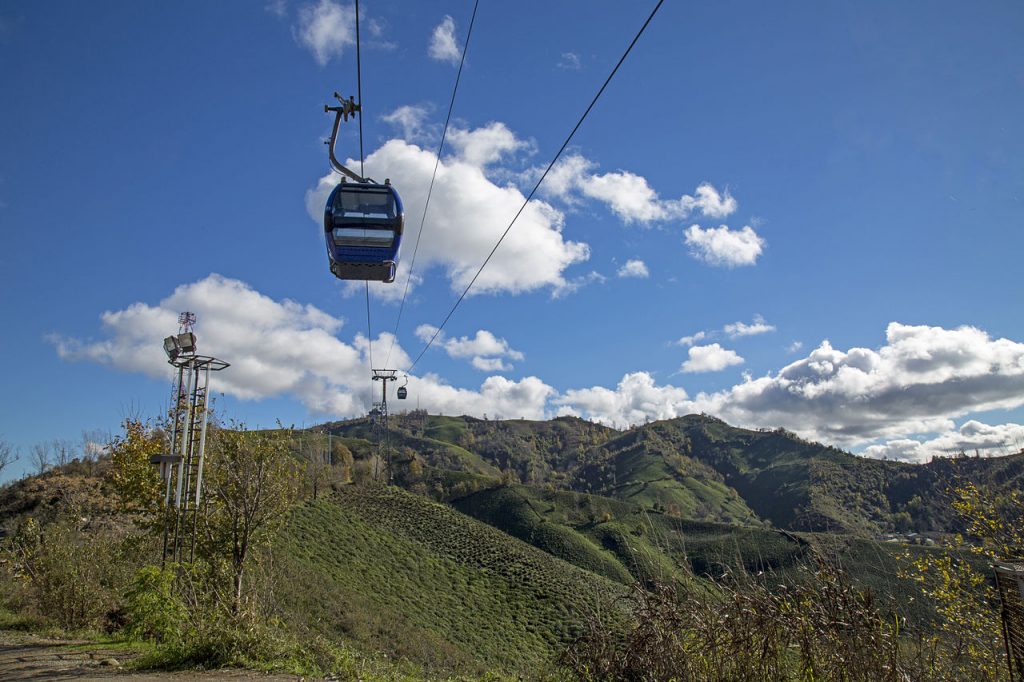

Home of The WW2 Vanguard Museum Gilan Province is one of the 31 provinces of Iran. It lies along the Caspian Sea, Gilan is unique for its green nature and rich agriculture. The capital of Gilan is the city of Rasht and Lahijan being the 2nd largest city of the province is located in Eastern Gilan and is famous for being the capital of tea.
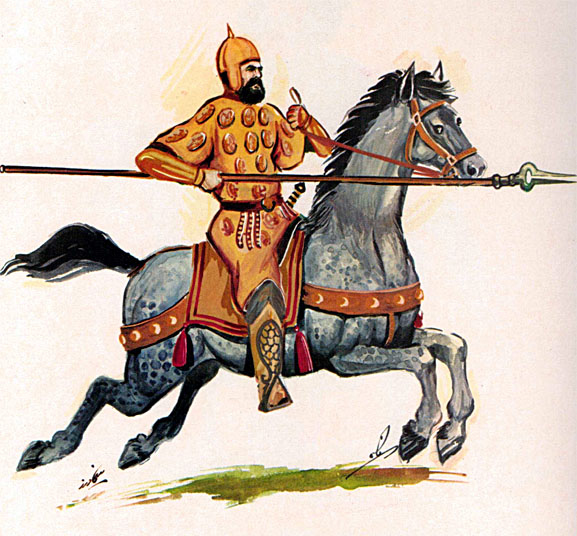
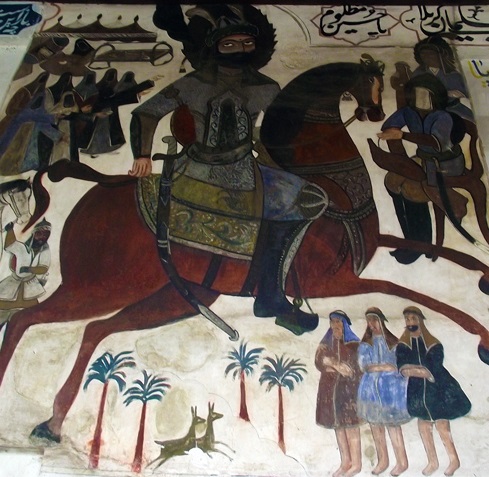

The history of Gilan is unique, it stands out for its resistance against invaders, Gilan throughout its history resisted Arab, Mongol, Viking, and Russian invasions.
During the 20th century, Gilan faced two major occupations by The Russian Empire in WW1 and The Soviet Union during WW2.
During WW1 Mirza Kuchak Khan leader of The Jungle movement of Gilan resisted The Russian forces and later on fought against The British Dunsterforce but eventually they had to negotiate with the British as they faced resistance by the Russian Cossacks who united themselves with Dunsterforce.
Gilan and Lahijan WW2
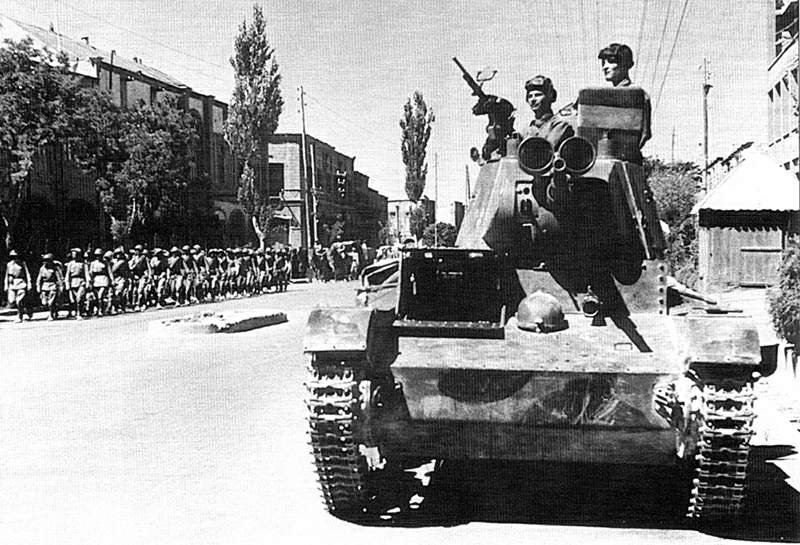
The invasion from August 25 to September 17, 1941, was codenamed Operation Countenance. The purpose was to secure Iranian oil fields and ensure Allied supply lines for the Soviets fighting against Axis forces on the Eastern Front.
The invasion, code name Operation Countenance, was largely unopposed by the numerically and technologically outmatched Iranian forces. The multi-pronged coordinated invasion took place along Iran’s borders with the Kingdom of Iraq, Azerbaijan SSR, and Turkmen SSR, with fighting beginning on 25 August and ending on 31 August when the Iranian government formally agreed to surrender, having already agreed to a ceasefire on 30 August.
Examining the contemporary history of Iran is one of the most important things that every researcher should deal with. One of the most important and specialized topics that deserves much discussion is the contemporary history of Gilan about World War II. We know that due to Iran’s neutrality in this war, the Allied forces involved Iran in World War II and its fronts. In September 1941, Iran was involved in one of the most important political events. We know that the allied forces attacked Iran with air and ground attacks. Therefore, in this historical period, Iran was occupied by the Allies. The important cities of Gilan, including Anzali, Rasht, and Lahijan, were bombarded by the Allies.
According to the events of 1939 and 1940, the world found itself in the conflict of a war that was taking global dimensions. On the one hand, the Nazi German army attacked Poland on September 1, 1939, and on the other hand, Britain and France declared war on Germany. In the 1940s, Germany conquered the countries of Denmark, Norway, Luxembourg, the Netherlands, Belgium and France, and after British Prime Minister Churchill did not surrender and because of the powerful British navy, Hitler applied maximum pressure by bombing British cities.
The defeat of Italy in the campaigns in North Africa and Greece only led to the presence of more British forces in those areas, and until 1941, Hitler had to send troops to those areas.
On June 22, 1941, Operation Barbarossa began and three German army groups attacked the Soviet Union in the longest front line in history.
Now the Soviet Union and Britain found a common enemy and needed a way to communicate with each other, and on the other hand, the United States was willing to send Lendless aid, although the United States did not officially enter the war until December 1941.
It was at this time that Iran was attacked by the Allies as a strategic and strategic point that had both oil and a railway line that connected the Persian Gulf to the Caspian Sea.
Iran’s conflict takes place on August25, 1941 in World War II. Soviet attacks took place on the ground and in the air. Civilians and military people are killed in the north and south of Iran.
Admiral Gholam Ali Bayander and his brother Admiral Yadullah Bayander were killed in these clashes after resisting. When Iran resists and the country is occupied by the Allies. Great Britain and the Commonwealth enter from the south and south-west. Both forces, from the north of the Soviet Union and from the south of Britain, are moving towards Tehran to occupy it.
Therefore, with the occupation of Iran, Reza Shah was forced to resign and Mohammad Reza Shah Pahlavi, the son of Reza Shah, took the throne. The prime minister of Iran during this period was Mohammad Ali Foroughi. After the occupation of Iran in this period, Britain and America used the Iranian railways and routes known as Persian Corridor to help the Soviet Union. All the equipment was transported from the south to the north of Iran. In 1322, Iran officially declared war against Germany, and with the agreements that existed, all Western Allied forces left Iran at the end of World War II, and the Soviet Union shortly after.
The port of Pahlavi (Anzali)
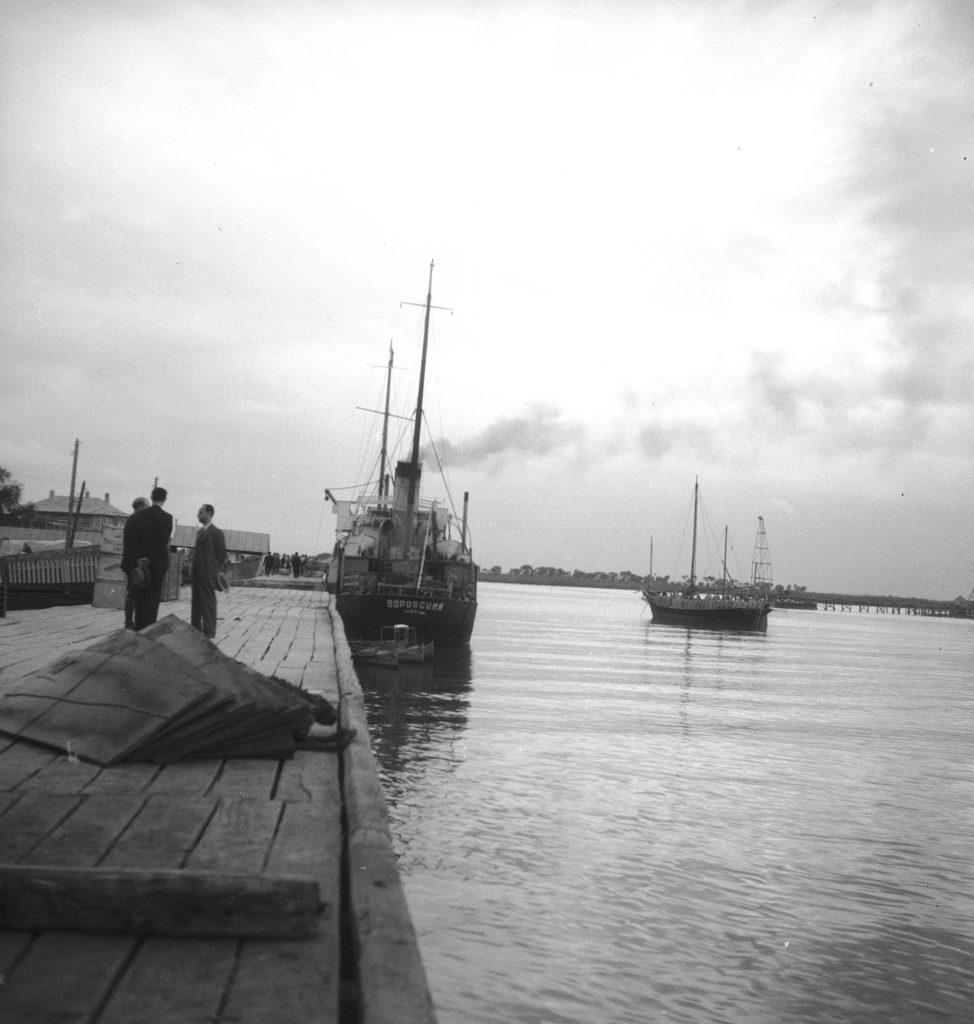
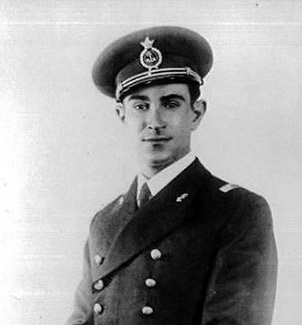
The Soviet Red Army entered Iran from three directions, one from Azerbaijan, the other from Astara, Gilan, and finally from Khorasan.
In the attack on Iran, two important commanders of the Soviet Red Army were in command, their names were Dmitry Kozolov and Sergey Trifimenko.
Overview of Soviet Command Structure During World War II
Dimitry Kozlovs 47th and 44th army Invading from Nakhjavan, Azerbijna SSR:
17th mountain cavalry
20th mountain infantry division
77th mountain infantry division
3rd Infantry Division
6th Infantry Division
54th armored division
76th Infantry Division
236 Division
Sergey Trofimenko 53rd Army Invading from Turkmenistan SSR:
20th cavalry division ( in reserve)
83rd Infantry Division
47 infantry corps including 18th and 44th cavalry divisions
120,000 Soviet forces VS 37,000 Iranian forces in the North.
In the third attack of August 1941, one of the important and strategic points where the Iranian Navy was present was Pahlavi Port (it was the current Anzali Port).
According to the Comprehensive Base of Contemporary Iranian History, the Soviet Union anchored 12 miles away from the Anzali coast. The Iranian Navy in Gilan Province did not have the strength to resist the Russian fleet.
The Gorgan frigate, which was on guard, reported the situation of the Russian fleet.
Quickly and without losing the opportunity, it was decided to sink a floating pond in the mouth of Anzali, and the result of this action was to prevent the entry of the Soviet navy into the Anzali lagoon, and it made the Soviet army forced to attack through Astara, and with bombing. Continuous air raids to Bandaranzali and Mardab and the location of naval forces in the Ghazian coast will block the way to any retaliatory measures.
Yadullah Bayandor was Admiral of the Iranian naval forces in Gilan and he was killed by the Soviet invading forces. Yadullah was in Gilan (northern Iran) and his brother Gohlamali was in the south, they were killed by The Soviets and the British respectfully.
Rasht and Lahijan WW2
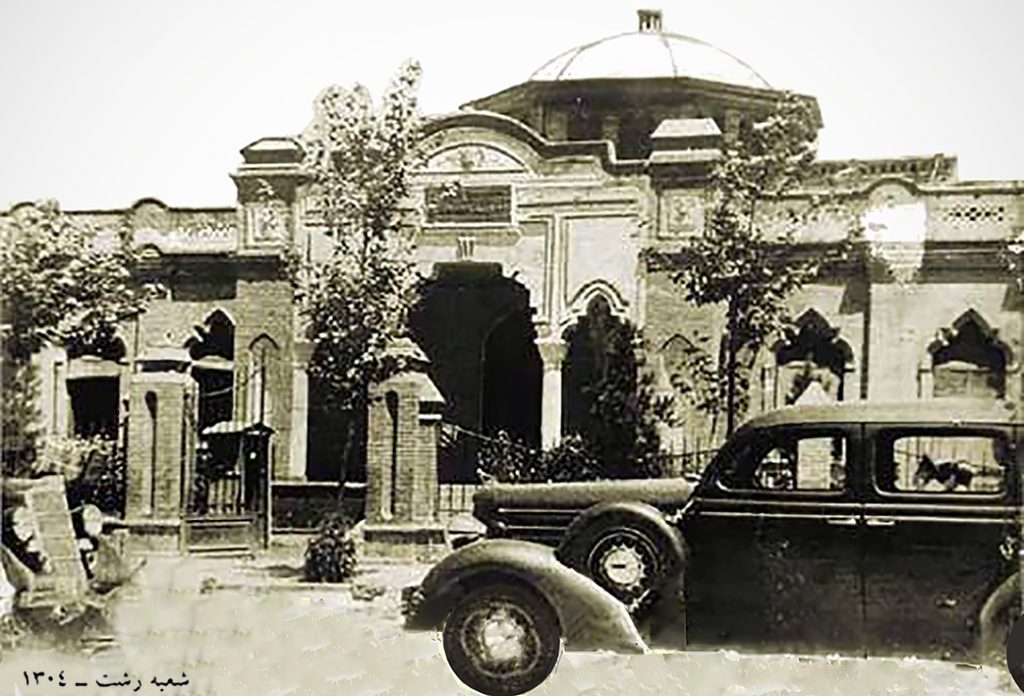
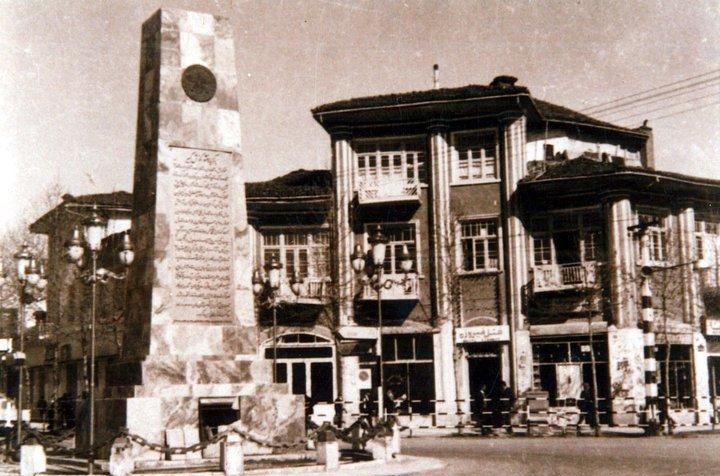
The Fall of Rasht: Key Events During the Soviet Occupation of Gilan in August 1941 The fall of Rasht on August 28, 1941, marked a critical episode during the Soviet occupation of northern Iran, significantly altering the course of the region’s history. As World War II intensified, Iran’s strategic position made it a focal point for Allied forces. Gilan, with its provincial capital Rasht, became one of the primary targets for Soviet forces, leading to events that would leave an indelible mark on the city and its inhabitants. On August 28, 1941, despite the Iranian government’s orders for a ceasefire, Soviet forces launched an aggressive military campaign against Rasht and other key locations in Gilan. The invasion began with a series of relentless bombings from the air and sea, targeting not only military installations but also civilian areas. These attacks resulted in significant destruction and widespread panic among the population. The following day, Soviet forces continued their assault, causing further chaos and forcing the local military and administrative authorities into a state of disarray. Among the key figures during this turbulent time was Brigadier General Ghadar, the local military commander, who played a central role in managing the crisis. Despite the initial orders to avoid resistance, General Ghadar sought to engage with Soviet forces to understand the reasoning behind their continued attacks. However, his efforts were met with frustration as he was detained by Soviet forces, reflecting the harsh realities of occupation. This incident further demoralized the local population and military, leading to the eventual surrender of Rasht. As the Soviet occupation tightened its grip on Rasht, the city’s infrastructure and governance were rapidly taken over. The Soviets demanded the disarmament of local police forces, imposed censorship on communications, and took control of vital institutions such as the National Bank and the telegraph and telephone networks. The city’s administration was effectively subordinated to Soviet military authority, with local officials left to manage civilian life under the watchful eyes of their occupiers. A group of the Red Army marched in Talysh until the 6th day of Shahrivar, the Russian attacks continued fiercely, and on this day, the army forces were ordered to cease resistance. But on the 7th day of Shahrivar, the Soviet planes once again bombed the cities of Rasht, Lahijan and Anzali, and as a result 203 people in Rasht, 29 people in Lahijan and 7 people in Anzali were killed and some were injured, and then the city of Rasht was attacked by the Red Army. It was occupied and the relationship between this city and Tehran was cut off, and a group of people fled to Qazvin and nearby villages out of fear, and their houses and shops were looted by vagrants and marauders. At the end of Shahrivar, little by little, the fugitives returned to their homes, and Gilan was completely under the control of the Russians. After the news of the withdrawal of the resistance reached the Gilan army, the Ministry of the Interior, according to the statement of the head of the Qadr Brigade, informed the necessary places on Thursday, 6 September. On Friday night, the lights of Rasht were bright and people were happy. But on Friday morning, the soldiers who were ordered not to resist are attacked on the entire front, including the city of Rasht, repeatedly bombarded and damaged. Historical reports about the Allied attack on Gilan During the war years, the influx of hungry and sick people increased to the cities, and due to the spread of typhoid disease in 1944, the government, through a declaration, prohibited people from attending public places such as coffee houses and public baths, even using the toilet, which became a tool. And it was a public visit, he warned. The death and dying of poor and displaced people is more noticeable in the outskirts of Lahijan, Astana and Rasht. Various films were shown by Russians in the corners of the cities. Many of the big houses and administrative and labor facilities, even the national library of Rasht city, were at the disposal of the Soviet army for the accommodation of soldiers. However, sometimes the airplanes used to broadcast announcements over the cities and informed the people about the past events and the policies implemented by the foreign forces in Iran, and this situation continued until the end of the war. After the bombings of August-September 1941 by the Soviets, which were carried out on the defenseless people of Anzali, Rasht and Lahijan, the commander of the Gilan army had given an order to leave the resistance. Also, the orders they provide must be implemented immediately. However, the Soviets used the minimal facilities that Iran had at that time. Among other things, we can refer to the use and acquisition of weapons in the security and police forces. According to the historical reports that exist in this regard, there were meetings that were entirely aimed at surrendering the command of Brigadier General Qadr and Colonel Farrokh to the allied forces. The presence of the Allies in Iran brought with it many problems. Among other things, we can mention the destruction and casualties that were caused in Iran. The emergence of problems for poor people whose houses were damaged. Compared to before, the urban landscape had created many problems with itself. In addition to such problems that Gilan faces, after the World War and the departure of the allied forces from Iran, various cases were also kidnapped from Gilan or in other words, it was looted by the Soviets. Among others, we can mention some warships and grains such as barley and rice. The general situation of the people of Gilan in September 1941 According to the historical documents that have been presented, the people of Gilan were very weak in terms of spirit. Since Gilan was abundant at that time and the farmers were engaged in their agricultural work and provided their needs easily, so during the Second World War and the problems that can be mentioned,It was the lack of rice and its high price. The people of Gilan, who have special eating habits, had suffered problems in the war and were unable to meet their need for food. Khawar Wabar is very good and because rice was scarce, I immediately bought thirty tons of rice from the economy department and put it up for sale by the municipality. As a result of this action, rice shops sell much more, bread and sugar are plentiful so far, but in one week, Gilan will be in dire straits in terms of food supplies. (Amiri, 1400). According to the Comprehensive Database of Contemporary Iranian History, the occupation of Gilan by the Russians provided a favorable situation for the leftists, and communist propaganda reached even small villages along with the showing of Russian films. The national communists also started intense activity by using the freedom provided by the Russians, but their opponents did not stop their activity despite the Russian police government and continued to fight against the leftists. Groups and unions, parties and centers were established in Gilan, which can be mentioned as Mihan Jangal parties, Dehghanan Union, Rasht City Union and activities of Tudeh Party. The dominance of the Democratic Party in Azerbaijan and the song of the disintegration of Azerbaijan led some of the Gilani parties to prevent the wave of propaganda and influence of the Democratic Party in Gilan, and the survivors of the Jungle Movement in the form of the Jungle Party decided that the unfinished work of the Jungle Movement in forming a national government in They implemented Iran. But after consulting with the Russians to buy weapons, they faced their opposition and the Soviet ambassador Melnikov declared this national action against the policy of his government. With the gaining power of the forces of the Democratic Party led by Peshavari in Azerbaijan, the loyalists of the Democratic Party came to conquer Gilan to Kapur Chal, a few kilometers from the Pahlavi port, and they had 2000 armed people in the Pahlavi port in the name of fishing workers, and the people were afraid of the fall of the city by the Peshavari forces. They were fleeing to Tehran, but with measures, security returned to the city and prevented people from fleeing. With the establishment of Qawam al-Sultanah and the events that occurred after his rule, it led to the evacuation of the Soviet forces and the flight of professionals and the dissolution of the Democratic sect, and the issue of the national revolution of Gilan was dismissed.
The Shohada (Martyr) Square of Lahijan
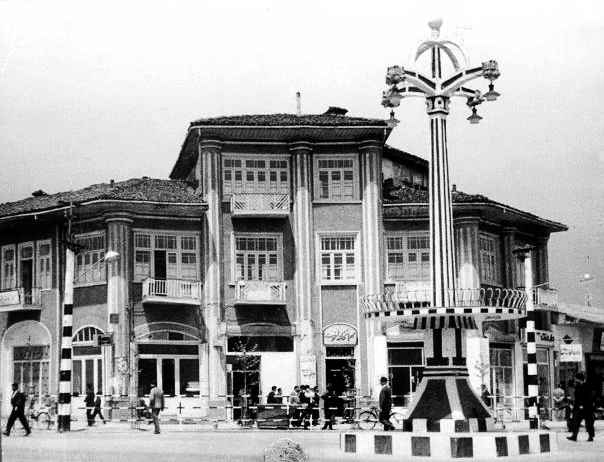
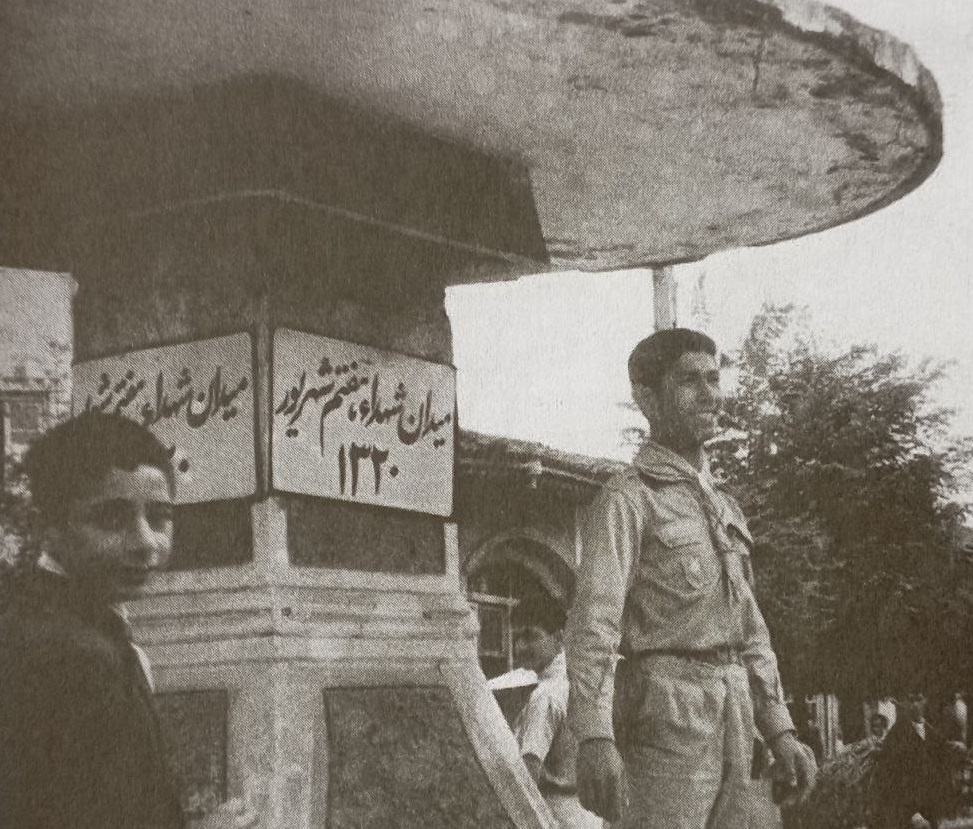
It was August 29th 1941, a Friday in the small town of Lahijan people were walking in the town square of Lahijan known as the “Square of four lamps” All of a sudden Soviet planes were flying over Lahijan the people mostly young out of curiosity looked at the planes and within second bombs hit the town square and other parts of Lahijan, more then 20 Lahijanis lost their lives.
In the following days the Soviet forces occupaid Lahijan, from 1941 to 1945 12 Soviet soldiers were present in Lahijan and most of the occupation time was spent peacefully.
Notable people from Lahijan in 1941 from up left to right:
Seyedeh Bemani Lahiaji, one of the victims of the bombing of the 29th of August 1941 in Lahijan. She was killed along with her child while Breastfeeding her baby, Houshang Ismaili Agdasi, one of the victims of The bombings in 29th of August 1941 in Lahijan, Abas Rastravan, one of the victims of The Soviet bombing of Lahijan August 29th 1941, Mirza Ahmad Vaziri one of the victims of The Soviet bombing of the 29th of August 1941 in Lahijan.
Down left to right:
Major Gholamhussain Deilami one of the few officers of the Gilan Brigade that who resisted the Soviet invasion, Captain Taghi Philosophy Chief of the police of Lahijan 1941, Aliakbar Kasram governor of Lahijan. after hearing of the Soviet invasion he has a stroke and died in his office and Hussian Bahman Shekofteh a nobleman in Lahijan who was arrested by the Soviet. Due to him looking like Germans the Soviet thought he was a German spy but after realizing his true identity he was released.
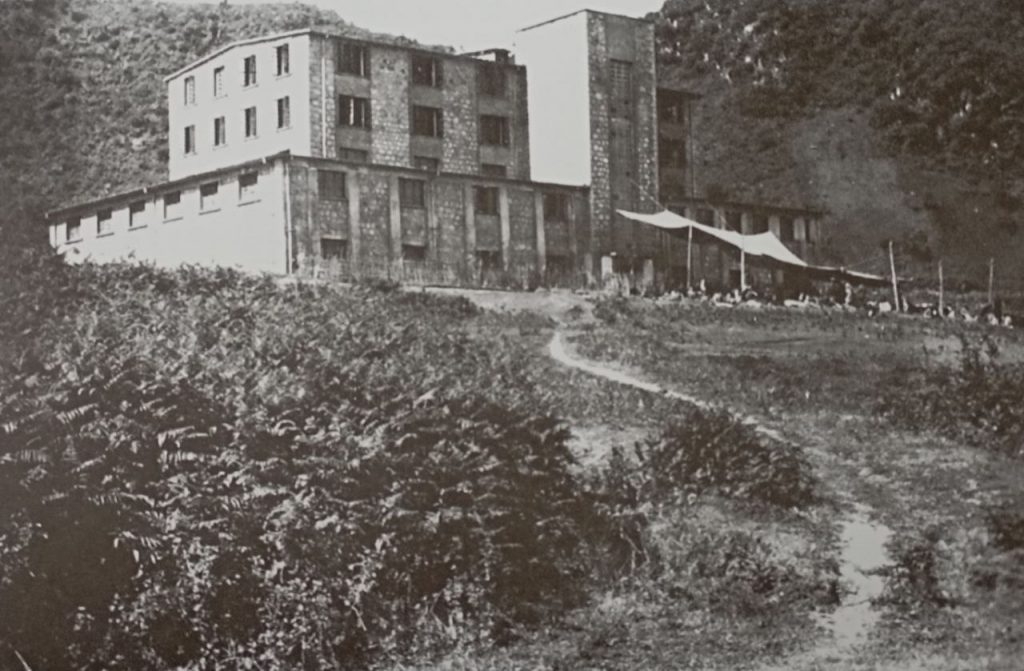
Hookhtiv tea factory in Lahijan, a tea factory built by the Germans in the 1930s
The Collapse of the 11th Gilan Division
During World War II
Background and Establishment of the 11th Gilan Division The Gilan Military Garrison was initially an independent brigade within northern Iran, a strategic military unit that became the 11th Division by 1939. Formed as part of the centralized Persian army, this division was originally under the command of Colonel Mohammad Hussein Ayrom, who played a pivotal role in the early development of the region’s defense forces. By 1920, Ayrom, a highly respected officer, had left Gilan, and the region witnessed a series of command changes. General Gholamali Ghadr, a graduate of the prestigious Saint-Cyr Military Academy in France, was the commander of the Gilan Division by 1941. The division was a critical part of the defense infrastructure in northern Iran, consisting of infantry regiments, artillery units, and specialized battalions, with a total strength of about 4,000 troops. The Soviet Invasion: August 25, 1941 On August 25, 1941, coinciding with the Soviet invasion of Iran during World War II, the 11th Gilan Division faced an unprecedented threat. Early in the morning, Soviet forces anchored off the coast of Iran, deploying both naval and air power to support their invasion. The division, commanded by Colonel Nourbakhsh, quickly mobilized forces to respond to the Soviet advances in the Talysh region, particularly around the town of Lisar. In response, defensive lines were drawn along key points, including Bandar Pahlavi and Shafarood. Despite the Gilan Division’s relatively small size and limited anti-aircraft capabilities, they made a valiant effort to resist the Soviet forces. Machine guns were the primary defense against the overwhelming air superiority of the Soviets, with sporadic engagements taking place throughout the day. Communication and Leadership Challenges One of the critical difficulties faced by the Gilan Division was communication. The military had to rely on outdated telegraph systems, often controlled by Soviet agents working within Iran’s fisheries along the Caspian Sea. Despite these obstacles, local commanders like Colonel Nourbakhsh and General Ghadr managed to maintain some semblance of command and control over their troops, organizing defensive efforts against the Soviet naval and air bombardments. The division’s leaders communicated with Tehran, requesting reinforcements and air support to fend off the Soviet attack. However, the central government was unable to provide significant assistance due to the rapid collapse of Iran’s military infrastructure elsewhere, particularly following the fall of Tabriz. Strategic Withdrawal and Orders from Tehran By August 27, 1941, the 11th Gilan Division found itself in a precarious situation. Soviet forces, reinforced with tanks and additional troops from Astara, began to move inland toward Bandar Pahlavi. General Ghadr and his officers devised a plan to launch counterattacks against the advancing Soviet units in the Shafarood area, aiming to disrupt their supply lines and gain intelligence on enemy strength. Despite the division’s resistance, Tehran’s command ordered a strategic withdrawal to Mazandaran. This decision, received with dismay by the Gilan officers, signaled the eventual collapse of their defense. The morale of the troops suffered, especially after repeated air raids by Soviet aircraft, which targeted key military installations in Rasht and Bandar Pahlavi. The Collapse of the 11th Gilan Division On August 29, the order for unconditional surrender was issued. General Ghadr, faced with the stark reality of the situation, commanded his troops to cease resistance. The division, which had held out against a vastly superior Soviet force for nearly four days, was dissolved as its units began withdrawing to nearby barracks. By August 29, Rasht, Bandar Pahlavi and Lahijan had been bombarded by Soviet planes. The division was unable to hold back the tide of the invasion. The Soviet forces, now in control of the region, effectively ended the 11th Gilan Division’s role in the war.
The Polish refugees arrive in Pahlavi (Anzali)
